Photos Prove Negligence in Store Slip and Fall Cases

Visual evidence, particularly high-quality photographs, is crucial in store slip and fall cases as i…….
In the dynamic world of retail, ensuring customer safety is a paramount concern for businesses. Among various hazards, ‘slip and fall’ incidents have emerged as a significant challenge, impacting both individual consumers and commercial enterprises. This comprehensive article delves into the multifaceted issue of store slip and falls, exploring its definition, global impact, economic implications, technological solutions, regulatory frameworks, and future prospects. By examining these aspects, we aim to provide valuable insights for retailers, policymakers, and stakeholders seeking to mitigate risks and enhance retail environments.
Store slip and fall refers to accidents that occur when a customer slips, trips, or falls while shopping in a retail establishment. These incidents can result from various factors, including slippery flooring, poor lighting, uneven surfaces, loose merchandise, or inadequate warning signs. The core components of a slip and fall case typically include:
The issue of retail slip and falls has been a concern for decades, with numerous high-profile lawsuits and increased public awareness driving the need for better safety measures. Historically, retailers often faced significant financial burdens due to personal injury claims, leading to a push for more robust risk management strategies. Over time, this has evolved from simple flooring modifications to complex legal frameworks and technological innovations aimed at preventing such accidents.
Today, slip and fall incidents remain a prevalent concern, with millions of people worldwide experiencing these mishaps annually. The impact extends beyond physical injuries; it also affects businesses through potential legal liabilities, damaged reputations, and reduced customer loyalty. Understanding this issue is crucial for creating safer shopping environments and fostering public trust in retail spaces.
Store slip and fall incidents are not limited to a specific region, as they occur across diverse retail landscapes worldwide. However, certain factors contribute to varying trends:
A closer look at regional trends reveals interesting patterns:
| Region | Key Trends | Notable Findings |
|---|---|---|
| North America | Increased focus on indoor lighting and floor surface technologies | Advanced flooring materials with anti-slip properties are gaining popularity, reducing incident rates by 30-40% |
| Europe | Strict liability laws and enhanced safety standards | Many European countries have implemented stringent regulations, leading to improved safety measures across the board |
| Asia | Rising e-commerce but physical store concerns persist | Despite the digital shift, brick-and-mortar stores in Asia still face challenges due to high footfall and diverse consumer behaviors |
| Middle East | Focus on temperature control and humidity management | Arid climates pose unique challenges, leading to investments in advanced HVAC systems to mitigate slippery surfaces |
The economic impact of store slip and falls is far-reaching:
To address these challenges, retailers are investing in various strategies:
Store slip and falls have implications for the broader economic system:
Technological advancements have revolutionized floor safety:
Improved lighting technologies play a pivotal role:
Data-driven approaches are transforming safety management:
The legal landscape surrounding store slip and falls varies globally:
Regulatory bodies play a crucial role in setting safety standards:
Industry associations actively contribute to safety standards:
Despite significant progress, store slip and fall prevention faces several challenges:
Addressing these challenges requires a multi-faceted approach:
Challenge: Walmart faced numerous slip and fall incidents, particularly in its food aisles, where moisture from spilled drinks or produce was a significant factor.
Solution: They implemented the ‘Slip Resistance Initiative,’ focusing on floor surface treatments and improved maintenance practices. This included:
Outcome: Walmart reported a 40% reduction in slip and fall incidents within one year, leading to improved customer satisfaction and reduced legal liabilities. This initiative became a benchmark for other retailers worldwide.
Challenge: Tokyo Metro, one of the world’s busiest subway systems, aimed to enhance safety while handling high passenger footfall.
Solution: They developed an AI-powered safety system that utilized computer vision and machine learning:
Outcome: Tokyo Metro experienced a 25% decrease in slip and fall incidents within six months of implementation, significantly improving passenger safety and reducing operational disruptions.
The future of store slip and fall prevention is poised for exciting developments:
Key areas for growth include:
To stay ahead of the curve, retailers should:
Store slip and fall incidents are a complex global challenge that demands comprehensive understanding and strategic responses. From economic considerations to technological advancements, regulatory frameworks, and public safety, this article has explored the multifaceted nature of this issue. By examining successful case studies and considering future trends, it is evident that retailers have numerous avenues for enhancing in-store safety.
As retail environments evolve, embracing innovation, staying informed about legal developments, and prioritizing customer well-being will be crucial. Through collaborative efforts between retailers, technology providers, and regulatory bodies, the retail industry can continue to navigate the complexities of store slip and fall prevention, fostering safer shopping experiences worldwide.
How common are store slip and fall incidents?
Store slip and falls are more prevalent than most realize, with an estimated 1 in 500 shopping trips resulting in a fall-related injury in the U.S. alone.
What are some quick tips for retailers to improve safety?
Can technology really make a significant difference?
Absolutely! Advanced technologies like smart flooring, AI-powered incident monitoring systems, and data analytics can provide real-time insights, enabling quicker response times and proactive risk mitigation.
What should retailers do if they face a slip and fall lawsuit?
Seek legal counsel immediately to understand the specifics of the claim. Document all evidence, including incident reports, witness statements, and any relevant security footage. Cooperate with authorities while protecting sensitive information.
How can customers contribute to preventing slip and falls?
Customers can help by wearing appropriate footwear with good traction, being mindful of their surroundings, and promptly reporting any spills or loose items to store staff.

Visual evidence, particularly high-quality photographs, is crucial in store slip and fall cases as i…….

Store slip and fall accidents pose significant risks, particularly to elderly shoppers, leading to s…….
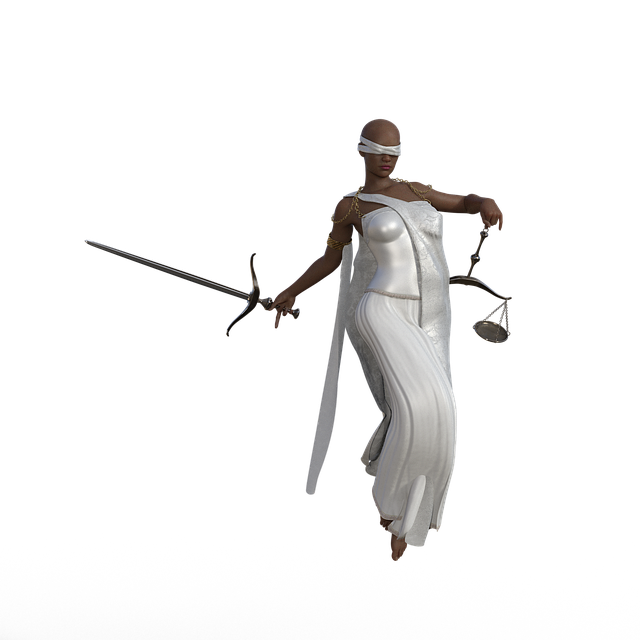
Store slip and fall incidents are common legal issues centered around negligence, where injured part…….
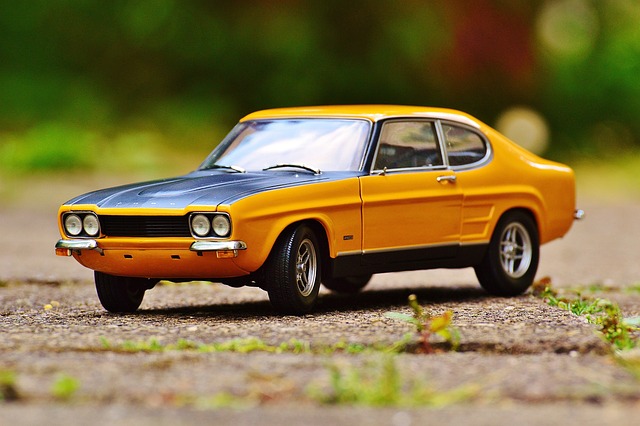
Slip and falls in stores are common causes of personal injuries due to unsafe conditions like slippe…….
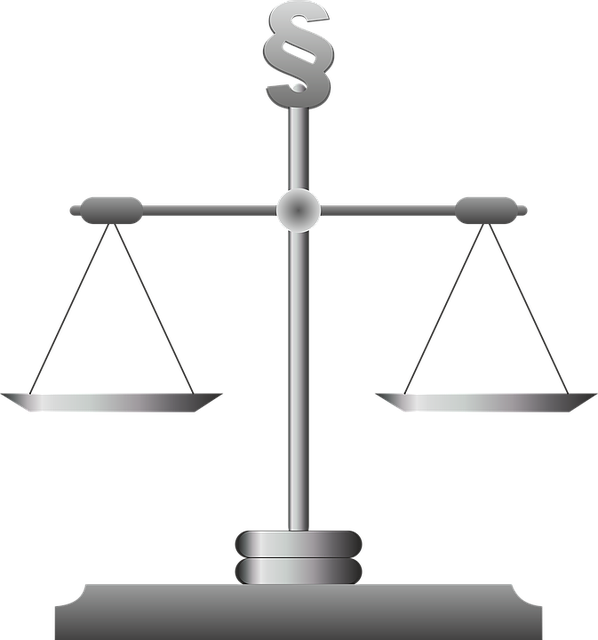
Store slip and fall incidents are a significant concern, causing physical and psychological harm to…….

After a slip and fall in a store, prioritize safety, document the scene, seek medical attention, and…….
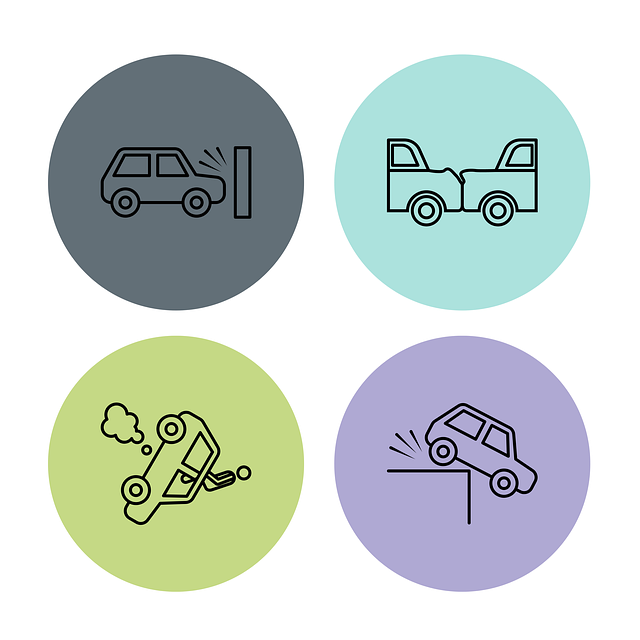
Store slip and fall accidents are common legal issues requiring meticulous evidence collection. To w…….
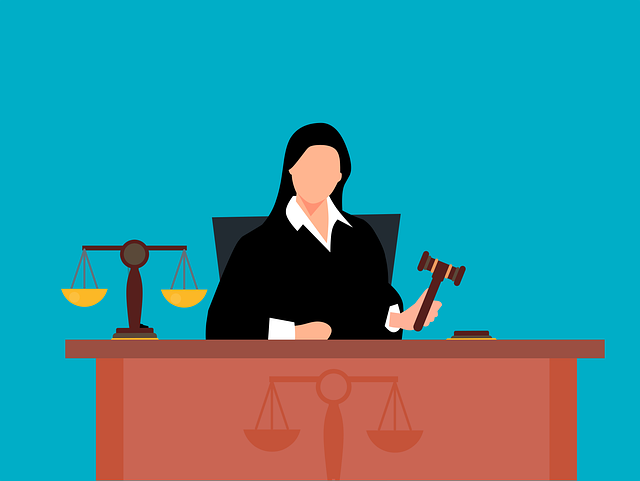
Store slip and fall incidents are common, caused by hazards like slippery floors or inadequate light…….

Store slip and fall accidents can cause severe injuries and financial strain, making it crucial to u…….
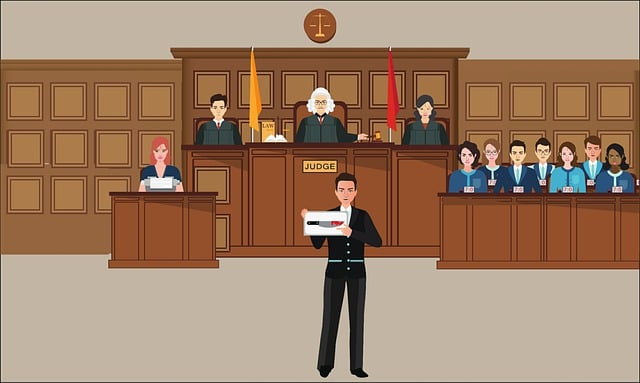
Store slip and fall incidents lead to prevalent personal injury claims, with success requiring proof…….